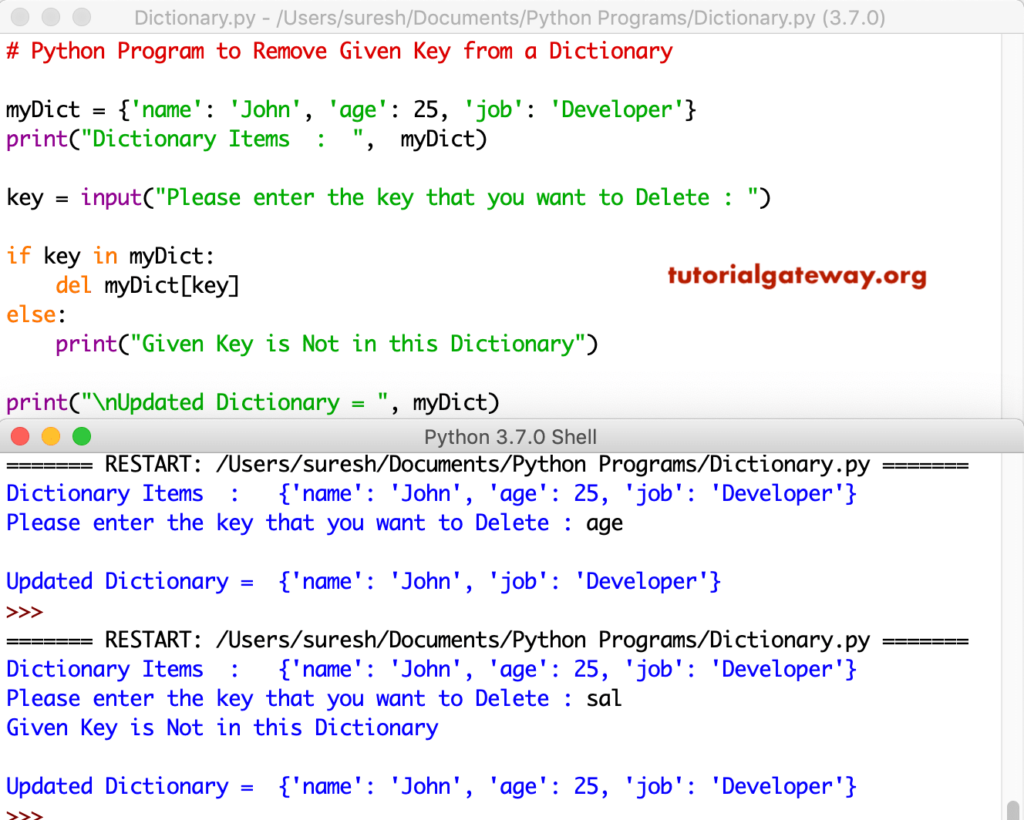

Unpacking is simply an efficient and short way to assign values to variables, such as variable value swapping. Perhaps the most useful variable trick in Python is variables unpacking. Python offers many options that allow you to write up simple commands containing variable assignment operations. However, the Python standard library requires limiting lines to 79 characters if you’re writing coding commands and 72 in case of docstrings or comments. The 79 characters per physical line of code is not a hard and fast rule you can extend it to 88 or even 100 characters based on your code, and what you think will be most appropriate for your project. "to make it more readable, each sting will be" If you have a long string, you can use parentheses around your string to contain it and make it more readable. "to make it more readable, each string will be", someList = [ "this list has very very long strings", Say you want to write a list of strings instead of writing everything as a very long line, you can write each item in a new line. When we write commands in Python, PEP8 suggests cutting your physical lines after 79 characters to make them more legible. Let’s kick things off with how to write commands in Python. They aren’t set in stone, so play around with them. (Some people have trouble when they come from another language and have to adapt to how the Python community does things.) Of course, these rules are really just to help make your code easy to read, follow and understand. The rules of Pythonic code aren’t complex and if you don’t know any other programming languages, you’ll find them perfectly sensible. In order to be fluent in Python you’ll need to use idioms - to write Pythonic code.

If you follow these rules, you’ll be considered fluent in Python. Pythonic code is just a description of a code that’s easy to read, follow and understand. Writing good Python code or, as it is called in the community, “Pythonic” code isn’t difficult in fact, you can just follow this set of rules.

Python is one of the programming languages that are easy to learn and start coding in but producing solid, potent Python code requires a lot of practice. On the other hand, some programming languages are easy to learn at first, but mastering them and writing solid code may not be as simple. Some are difficult to learn, but once you know the basics, you can write solid code. One of the things you may consider-especially if this is your first programming language - is how easy the language is to learn and use.Īll programming languages are different. When you decide to learn a programming language, you’ll have to research what language best suits your project.


 0 kommentar(er)
0 kommentar(er)
